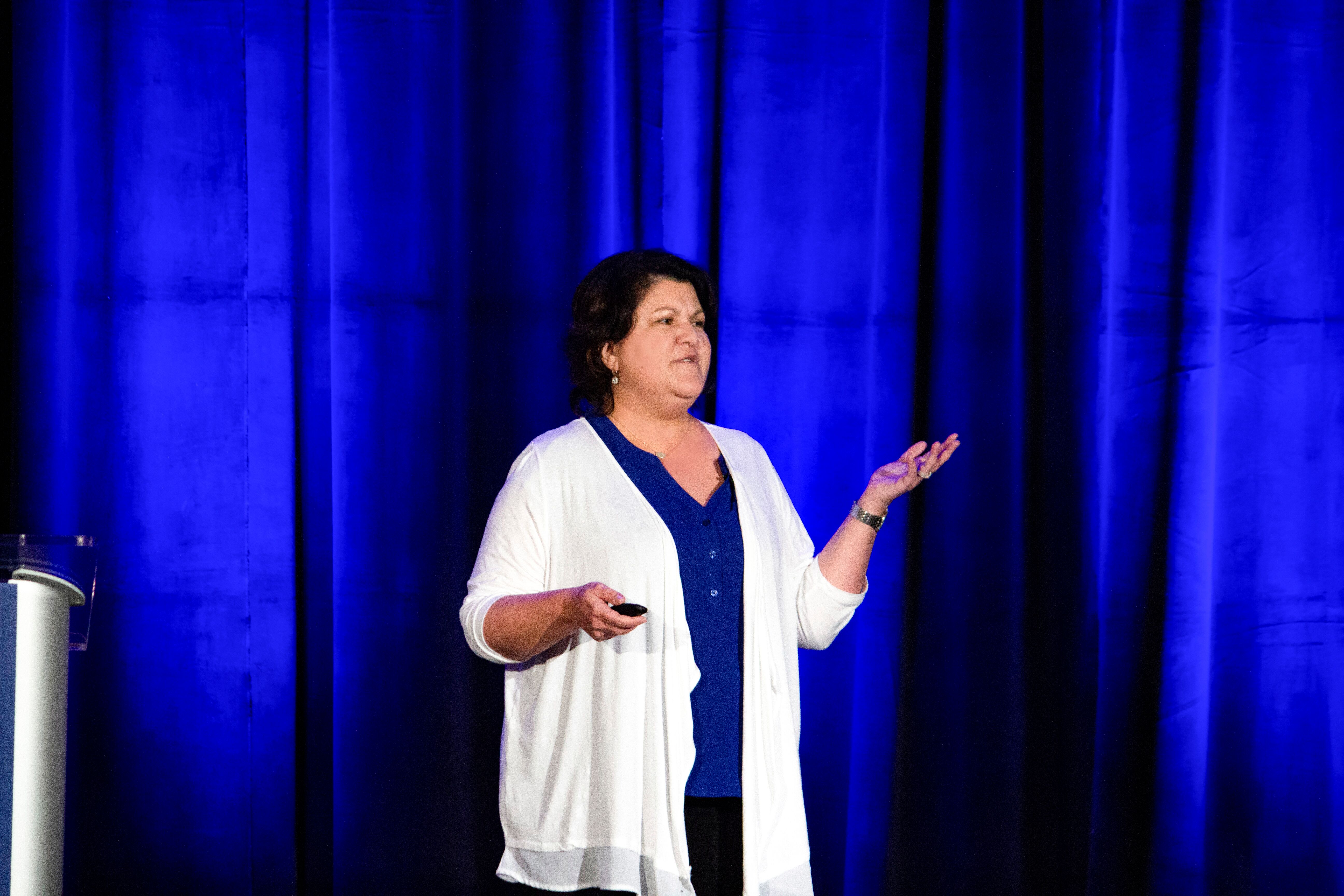How I Learned to Resolve Conflict Easily: 3 Easy Steps to Conflict-Resolution at Workplace
Workplace conflict is inevitable when employees with different perspectives, backgrounds, educational levels, and different work styles work together. When conflict emerges, managers need to work diligently to solve it so that the team can continue producing at a steady clip.
Conflict at the workplace is commonplace and the data proves it. One study, for example, showed that 85 percent of employees deal with conflict at work on almost a daily basis. Not only does conflict hurt employee morale, it eats up their productivity. Believe it or not, employees invest more than two hours every week just in conflict resolution.
That’s not the only thing that happens because of workplace conflict, either. Truth be told, there are a plethora of problems that are caused by workplace conflict, including:
- Lack of motivation and employee loyalty
- Higher rates of turnover
- Higher medical costs
- Increased worker’s compensation claims
- Increased litigation costs
- High absenteeism
Unfortunately, you can’t just cross your fingers and hope that workplace conflicts don’t affect your business. But with the right approach, you can mitigate the conflict significantly and make sure that it doesn't impact the team's productivity for the worse.
But what, specifically, can you do?
Before we go into the three steps you need to take to resolve conflict in the workplace, let’ take a step back and examine what you absolutely shouldn’t do.
Don’t ignore conflict
"If you ignore it, it will go away."
Maybe that works on the kindergarten playground. But it definitely does not work when it comes to workplace conflict.
Think of workplace conflict like a seed. When conflict happens, a seed is planted into the ground. If the conflict is left unchecked, unresolved, and unmitigated, the seed grows and grows. And if you ignore it, the seed becomes a massive plant that devours everything in its path.
Instead of ignoring conflict, you need to “kill the monster while it’s small.”
The biggest problem with conflict is that most teams and companies don’t respond to it until the problem has become so massive that it can no longer be solved. If you want to resolve workplace conflict efficiently, you absolutely can't ignore it.
As soon as you see a sign of it, you need to take immediate action to begin mitigating it. As a manager, listen with your eyes and look with your ears and address the problems before becoming too big to handle.
You can do this effectively by asking the right questions in your one-to-one meetings with your employees and looking for signs of conflict that they have either with you, their peers, or the company or work itself. The sooner you notice the problem, the faster you can begin trying to solve it, and the less damage it will do.
To do this consistently, you need to create a culture of conflict resolution in your team.
A culture of conflict resolution
A culture of conflict resolution is based on honesty, trust, and having each team member's best interests in mind. With that intention, you can create a sense of camaraderie and share open feedback across the team.
When you have your team member's best interest in mind, are open to each other, and trust each other, you can give them feedback on a daily basis that appears to be natural. Whether it's praise for a job well done or an opportunity to improve and learn, the feedback will come up organically and appear well-intended.
Over time, the employees will learn to be more receptive to feedback and they will ask for it themselves because they will look at it as an opportunity to improve and learn. When you create a culture like this, conflicts can no longer be ignored. As soon as it pops up, someone on the team will already address it because they won’t be afraid. Instead, it’s a team where openness and honesty are valued.
Once you create a culture of conflict resolution, you will deal with conflict as soon as it appears — which means you will mitigate 95 percent of problems that conflict causes.
To deal with conflict efficiently, you have the prerequisites in place. Up next, we’ll explore what those prerequisites are.
Set ground rules
Conflict resolution at the workplace starts by setting the ground rules that are the same for everyone on the team. You can’t have some people playing basketball and others playing football on the same court, so to speak. The ground rules are there so that everyone knows how they need to play.
When you set ground rules, everyone in the team knows how they need to behave because of clear boundaries set by the rules.
The ground rules should cover two things:
1. Communication
Communication plays a central role when it comes to establishing ground rules. The most important rules you need to determine are the following:
- How many people can talk at the same time?
- When someone talks, what do others do?
- What kind of language can team members use when speaking to each other?
- Who is the “judge” when it comes to conflict?
- What kind of channel of communication are team members using when resolving conflict?
- What do other team members focus on during the conflict resolution?
- When is the decision being made?
These are the main facets of communication you will need to address if you want to resolve workplace conflict efficiently.
2. Feedback
We have already discussed feedback as an important part of creating a culture of conflict resolution.
When it comes to feedback, you need to pick one model and have the team use it to give and receive feedback. While all feedback models work, you can have greater consistency and clearer communication if you pick one model and stick with it.
A good one you may want to try is the BIO model. BIO stands for behavior, impact, and options. When communicating feedback, you first state the behavior you noticed (e.g., “I noticed that you missed the deadline for turning in your report.”). Then, you talk about the impact it had on you (e.g., “That made me pick up the report and finish it myself. I really felt unappreciated and at the moment thought I can’t rely on you.”). The last thing you do is options, which means that you give the person suggestions on what they can do in the future to prevent this behavior (e.g., “Next time, try to plan your estimated delivery sooner than the last day so if something happens, you have enough time to finish the task on time.”).
Keep in mind that you don’t need to have a ton of ground rules. But everyone on the team needs to know them and behave according to them.
Now that you’ve figured out how to communicate more effectively, you now need to learn how to find multiple solutions to the problem at hand.
Find multiple solutions
The advantage of having a diverse team is that everyone thinks differently. That results in team members looking at the same problem with different perspectives and coming up with different solutions.
This is when conflict is a good thing.
If you have a problem with productivity and your team members come up with drastically different solutions, you can pick the best one. This is where conflict is a good thing because you can choose the best option. If you only had one suggestion and one train-of-thought, then it would essentially be impossible to pick the optimal solution.
With this, your team members create solutions to the productivity problem by:
- Changing job descriptions to fit team members' profiles better
- Doing more informal things to build team cohesion and synergy
- Having an “uninterrupted block time” every day to do deep work
All of these solutions cater to the problem of productivity, and your team members with diverse backgrounds, educational levels, and skill sets will all come up with different solutions.
Sometimes, team members can get stuck in discussing the best options to proceed with. It becomes a “one or the other” type of conflict where there’s a clear winner in the argument — which also means there’s a clear loser. As a manager, you can prevent this by taking the multiple solutions and finding the common thread. Think of it as an integrative approach to the proposed solutions.
You can find a way to integrate all of the proposed solutions into a single solution by respecting both sides, acknowledging their perspectives, and then taking the best out of each to create a more robust solution that considers more angles.
In the example above, that would mean the following: having a “shorter” working day but a more-focused one where team members work in their best field using deep work for a couple of hours and spend the remaining time on team-building activities.
Identify the situation as an opportunity
When it boils down to it, every problem is an opportunity for growth.
Growth stems from difficulties, and that’s precisely what conflict is. When you have a conflict in the workplace, your employees are arguing over the best possible solution for the company. The tension comes from the right place.
You can then simulate how the solutions would work when implemented to decide which one is the best. Sometimes, however, the situation can be about an interpersonal problem in the team. Then you need to focus more on communication and opportunities for relationships to thrive.
You can use conflict resolution as a way to strengthen relationships between team members. Conflict, when approached correctly, breeds openness and candor — which builds trust among team members.
And once you’ve established a culture of trust, you will resolve workplace conflicts efficiently and build a great team while delighting your customers more and more every day.
Share this
You May Also Like
These Related Stories

3 Steps for Launching an Employee Engagement Strategy

5 More Insightful TED Talks about Team Culture



.png?width=534&height=632&name=blog%20ad%20(1).png)
